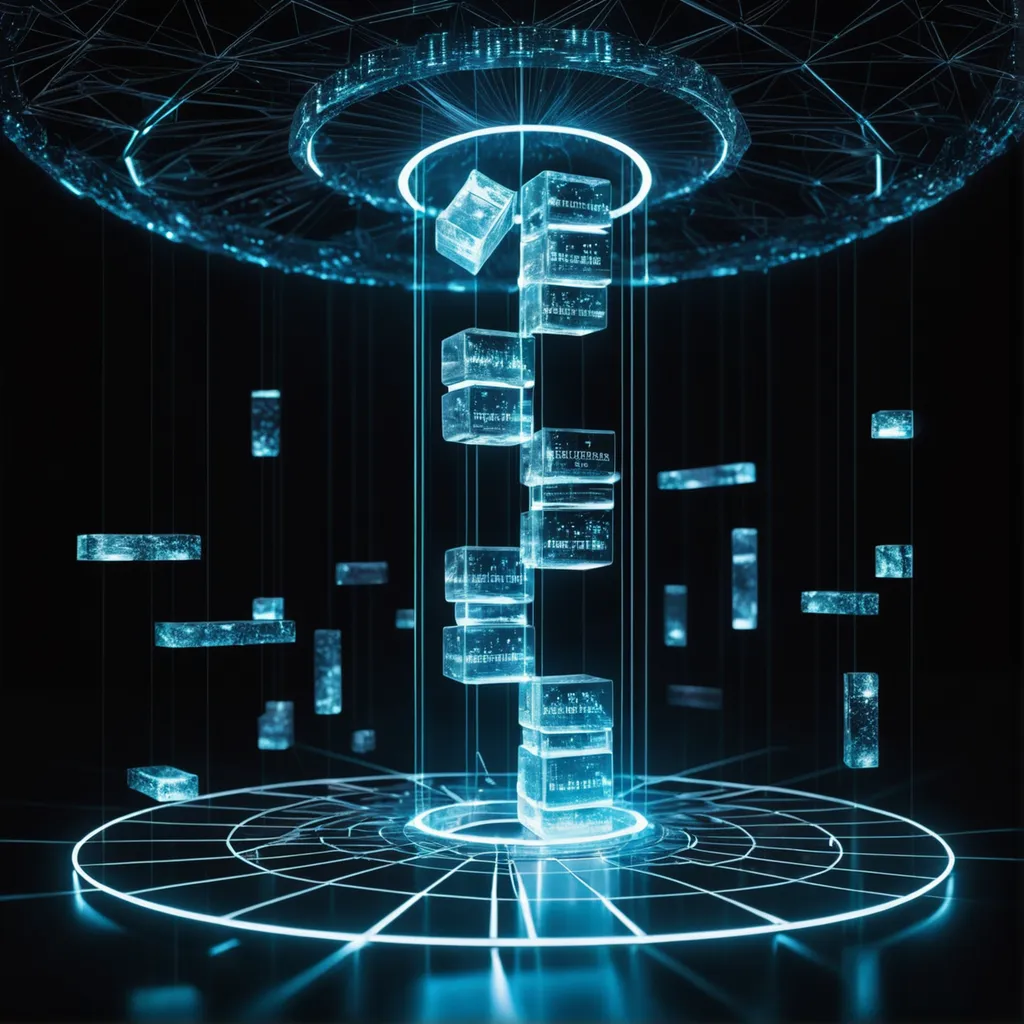Why Perfect Blockchain Fairness Remains Impossible: Condorcet Explained
Planck

- Flawless blockchain transaction ordering is theoretically impossible to achieve.
- Researchers are focusing on practical protocols to improve fairness within limitations.
Perfect fairness in blockchain transaction ordering is an elusive goal, as inherent theoretical barriers like the Condorcet paradox thwart this effort. On November 9, 2025, Cointelegraph reported that this challenge creates vulnerabilities for unfair practices like maximal extractable value (MEV), where validators or block builders manipulate the transaction order for profit.
The Cointelegraph report revealed fundamental constraints on Receive-Order-Fairness (ROF), a metric that aims to execute transactions in the order most nodes receive them. However, its effectiveness is limited by network communication delays and the Condorcet paradox. Derived from social choice theory, the paradox shows how conflicting majority preferences can create cycles; for instance, a majority might favor transaction A over B, B over C, and then C over A. This conflict results in no definitive transaction order.
Methods like Hedera Hashgraph’s median timestamping attempt to address fairness, but critics argue these mechanisms rely too heavily on validator integrity. Cointelegraph also noted that because a single dishonest node in Hedera’s system could manipulate timestamps and reverse the sequence honest participants observed, the approach lacks cryptographic assurances and remains susceptible to manipulation.
Since theoretical hurdles prevent researchers from achieving perfect fairness, they have pivoted to designing pragmatic solutions that use cryptographic validation to guarantee partial fairness. The Aequitas protocol, for example, proposes Block-Order-Fairness (BOF), a method that ensures blocks include widely received transactions before those received later. To resolve ordering conflicts, Aequitas groups disputed transactions into the same block; however, this method faces scalability challenges, including high communication overhead and constrained liveness.
Following Aequitas, advancements like Themis enhance BOF with better communication efficiency and network sustainability. Themis introduces innovations such as "batch unspooling," which processes cycles without halting blockchain operations, while its refined version, SNARK-Themis, uses cutting-edge cryptographic technology to reduce communication complexity. This improvement makes it viable for larger blockchain networks. These shifts highlight a practical pivot in blockchain research, as researchers now prioritize sustainable, cryptographically verifiable approaches over the pursuit of an unattainable ideal of fairness.
Market Data
As of 15:08 UTC on November 9, 2025, Hedera (HBAR) traded at $0.173. According to CoinMarketCap, its 24-hour trading volume changed by -0.727%.
Get the latest news in your inbox!
